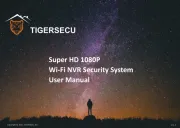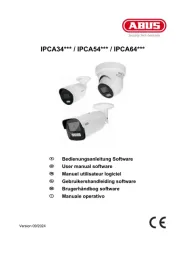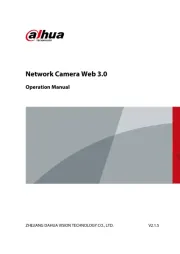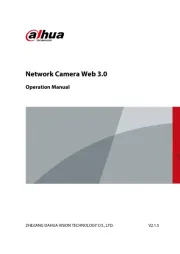FLIR DNR408R3 Manual
Læs gratis den danske manual til FLIR DNR408R3 (174 sider) i kategorien Overvågningskamera. Denne vejledning er vurderet som hjælpsom af 30 personer og har en gennemsnitlig bedømmelse på 4.8 stjerner ud af 15.5 anmeldelser.
Har du et spørgsmål om FLIR DNR408R3, eller vil du spørge andre brugere om produktet?

Produkt Specifikationer
| Mærke: | FLIR |
| Kategori: | Overvågningskamera |
| Model: | DNR408R3 |
Har du brug for hjælp?
Hvis du har brug for hjælp til FLIR DNR408R3 stil et spørgsmål nedenfor, og andre brugere vil svare dig
Overvågningskamera FLIR Manualer



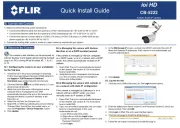
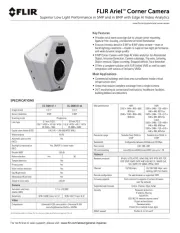
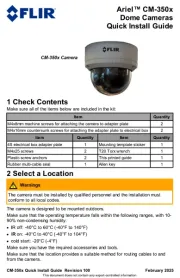
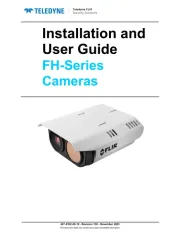
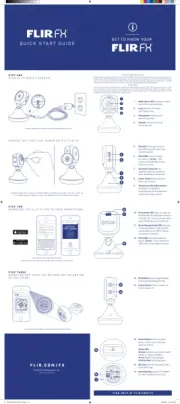


Overvågningskamera Manualer
- MEE Audio
- Exacq
- Buffalo
- Moog
- Lumens
- AVtech
- Astak
- Uniden
- First Alert
- Burg Wächter
- Rollei
- Boss
- 3xLOGIC
- Nest
- Campark
Nyeste Overvågningskamera Manualer

